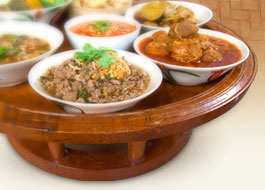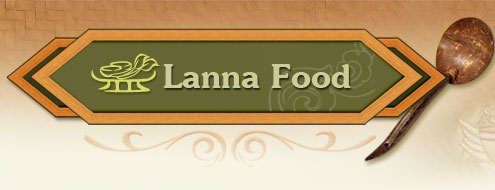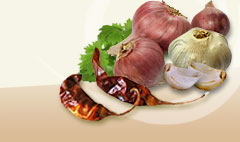Phak khi kluang |
|
|
 | Glinus Oppositifolius A. Dc. |
|
| |
 | Aizoaceae |
|
| |
|
|
| |
 | Phak khom , sadao din, phak khuang, phak khi khaung (Northern). (Kanchana Diwiset, et al., 2005, p. 109) |
|
| |
 | Small annual growing close to the ground and branches spreading in all directions. Leaves whorled, linear-lanceolate, budding around the nodes 4-5 leaves each, 0.2-0.5 cm. wide, 1-2.25 cm. long; petiole short. Flowers around the nodes, 4-6 together. Stem 0.6-1.2 cm long with 4 petioles of 0.3 cm. long, (Kanchana Diwiset, et al., 2005 , p. 109) |
|
| |
 |

There is no information on vitamin and minerals. The plant and leaves can be blanched and eaten with namphrik. (Kanchana Diwiset, et al., 2005, p. 109) Lanna people use it in a soup with grilled fish.
|

The plant promises a healthy bile and reduces fever. It can be pulverized with fresh ginger and put on a childs temple to ward off a cold. |
|
| |
 | Rainy season |
|
| |
 |
Kanchana Diwiset, et. al, compilers. (2005). Phak Phuen Ban Phak Nuea. Phennapha Sapcharoen, editor. (2nd ed.). Bangkok: Center for Text Development on Traditional Thai Medicine.(in thai). |
|
| |
|
|




